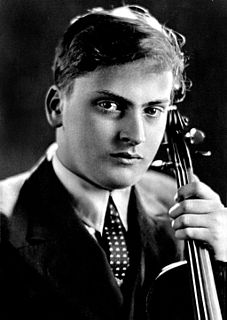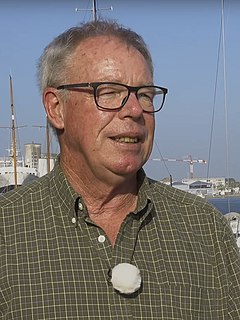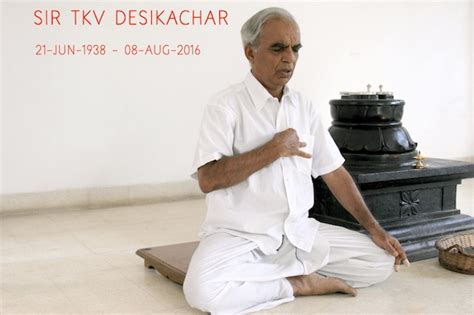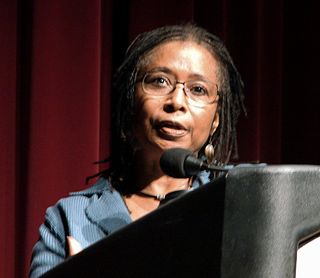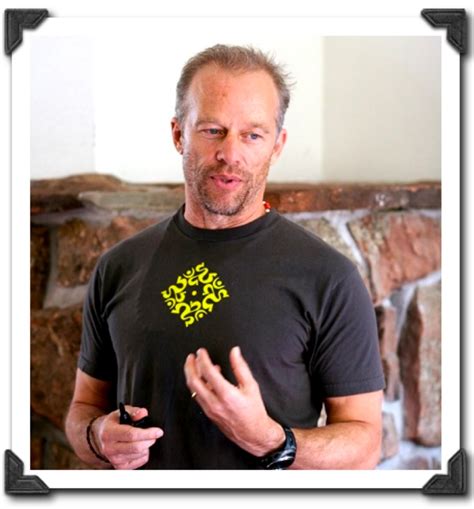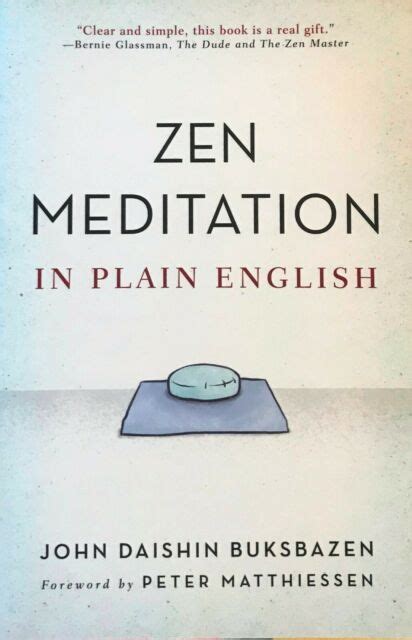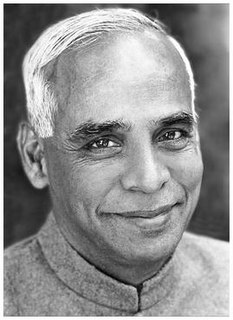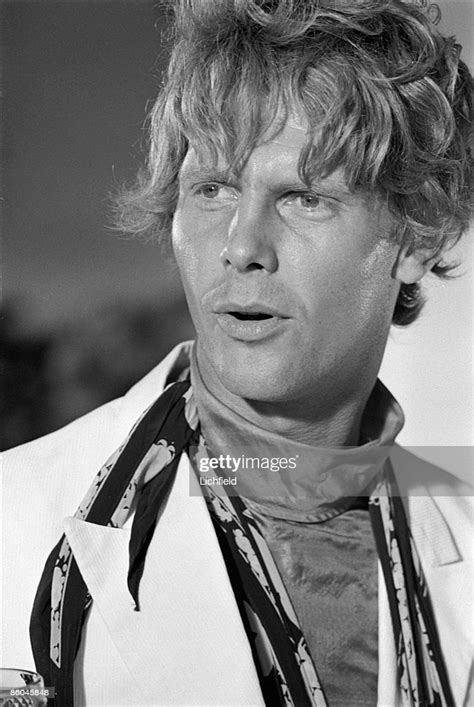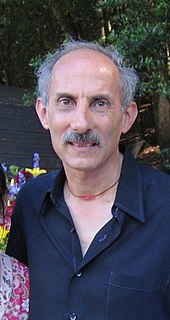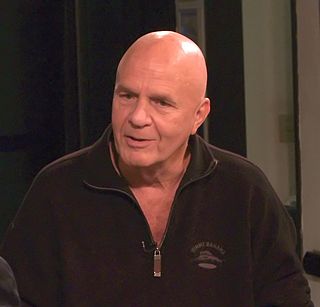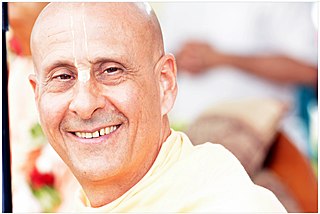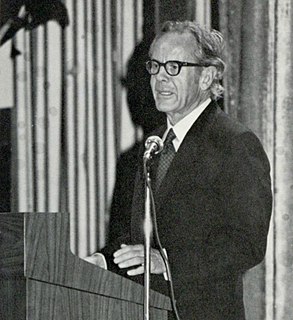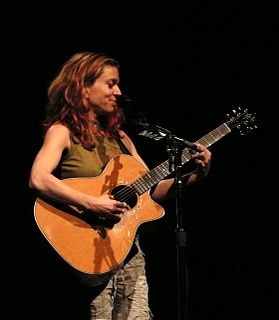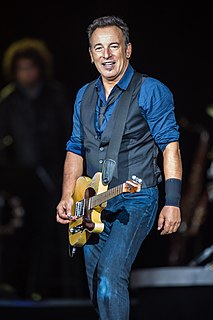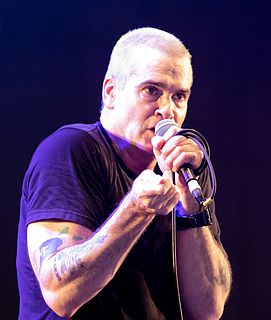A Quote by Yehudi Menuhin
The practice of yoga induces a primary sense of measure and proportion. Reduced to our own body, our first instrument, we learn to play it, drawing from it maximum resonance and harmony.
Related Quotes
The challenge of yoga is to go beyond our limits - within reason. We continually expand the frame of the mind by using the canvas of the body. It is as if you were to stretch a canvas more and create a larger surface for a painting. But we must respect the present form of our body. If you pull too much at once, we will rip the canvas. If the practice of today damages the practice of tomorrow, it is not correct practice.
The only thing I can say that is not bullshit is that you do have to learn to write in a way that you would learn to play the violin. Everybody seems to think that you should be able to turn on the faucet one day and out will come the novel. I think for most people it's just practice, practice, practice, that sense of just learning your instrument until - when you have an idea on the violin, you don't have to translate it into violin-speak anymore - the language is your own. It's not something you can think your way into, or outsmart. you've just got to do it.
Our entire being is fashioned as an instrument of praise. Just as a master violin maker designs an instrument to produce maximum aesthetic results, so God tailor-made our bodies, souls and spirits to work together in consonance to produce pleasing expressions of praise and worship. When we use body language to express praise, that which is internal becomes visible.
Education is the proper way to promote compassion and tolerance in society. Compassion and peace of mind bring a sense of confidence that reduce stress and anxiety, whereas anger and hatred come from frustration and undermine our sense of trust. Because of ignorance, many of our problems are our own creation. Education, however, is the instrument that increases our ability to employ our own intelligence.
The point of yoga is to develop a level of clarity and self-understand ing so that when we’re done doing our yoga practice we make really good decisions, because that will determine whether we’re fulfilled. Not the quality of our poses. But really the yoga is what happens when we’re done practicing yoga.
Ninety percent of what most yoga teachers do is teach asana practice. While asana discharges stress and so forth, it was never intended to be a standalone practice. The true intent of yoga is personal transformation. What we get out of the privilege of teaching prisoners is the opportunity to focus on our own personal development. You can be of service, and, while helping others transform their lives, you have the deeper opportunity to transform your own. What we teach in prison is how we live our lives.
Jung said there are four archetypes adults go through, and these archetypes are reflected in the development of my work. The first archetype is the archetype of the athlete, reflecting the time in our adult life when our primary emphasis is on our body - what it looks like, how beautiful it is, how strong it is, and so on. We identify ourselves with our body. We are our body. Growing adults next move to what Jung called the archetype of the warrior. We take our physical bodies out there to do what warriors do.
